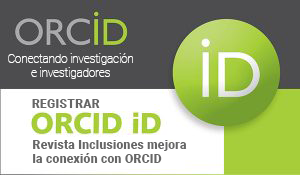THE TRIPLE HELIX MODEL IN THE RUSSIAN ECONOMY: THE QUALITY EVALUATION OF NEW INSTITUTIONALIZATION
Palabras clave:
Triple Helix, Institutionalization, Innovations, Economy, Entrepreneurship, Diffusion Of InnovationsResumen
This article analyzes the transition of the national economy to the Triple Helix model. This model is considered as new institutionalization. The evaluation has been carried out using the modified method of evaluation of innovation diffusion. It has shown that the Russian economy and especially the national entrepreneurship need additional incentives to direct economic, as well as social, sectors to the innovation-based development. The article clarifies the econometric methodology for assessing the rate of diffusion of innovations in national economies (the Rogers’s model), which made it possible to study the dynamics of the development of the Russian economy from this point of view. The obtained data suggest that a qualitatively new economy based on the triple helix model by H. Etzkowitz has not yet been formed in Russia, which explains the current stagnation. The innovation reserve available in the Russian economy can be used for a technological breakthrough, but this will require new economic reforms.
Publicado
Cómo citar
Número
Sección
Los autores retienen los derechos de autor y otorgan a Revista Inclusiones el derecho de publicación bajo Creative Commons Attribution 4.0 International (CC BY 4.0). Esto permite el uso, distribución y reproducción en cualquier medio, siempre que se otorgue la debida atribución al autor.











